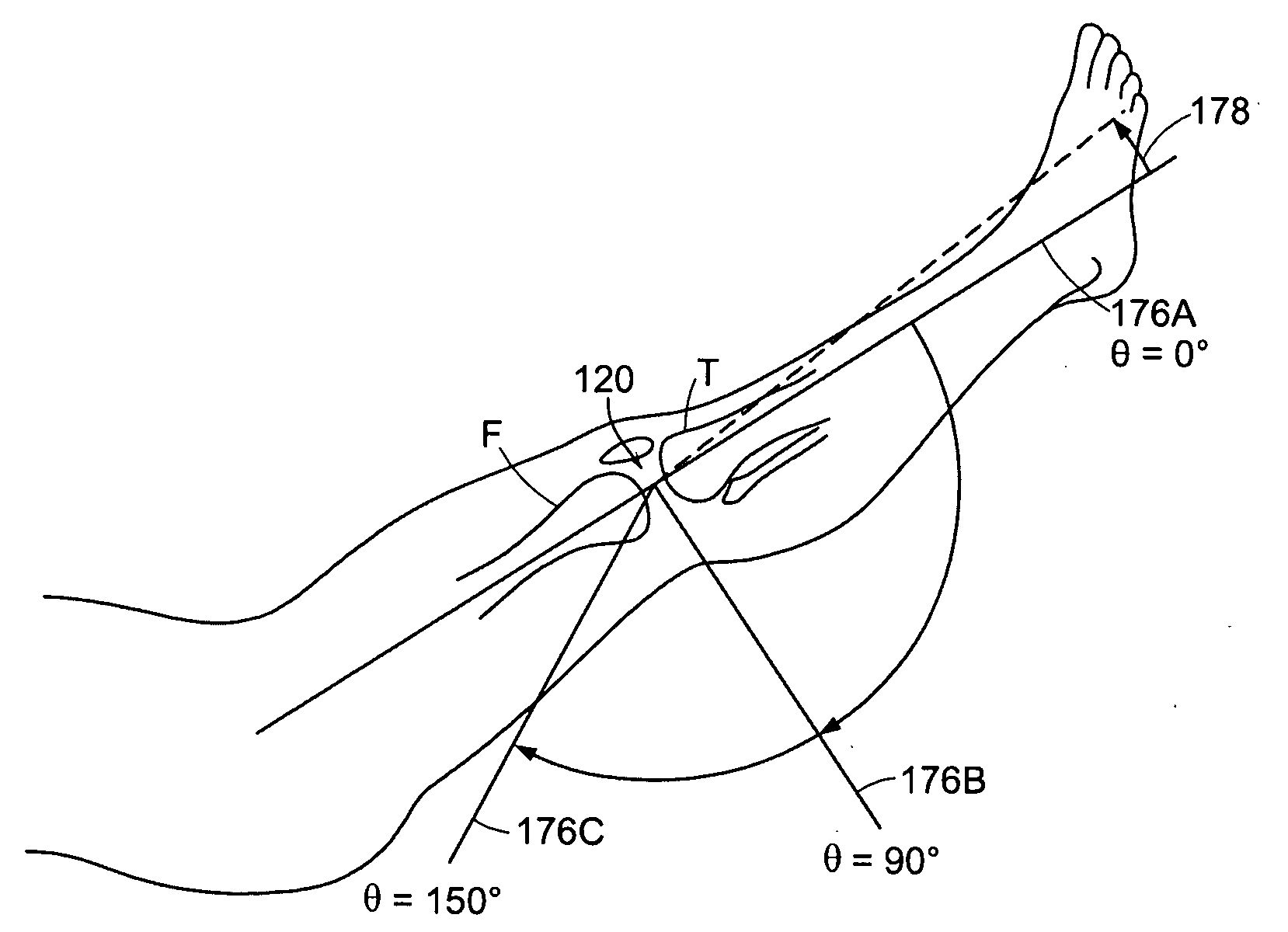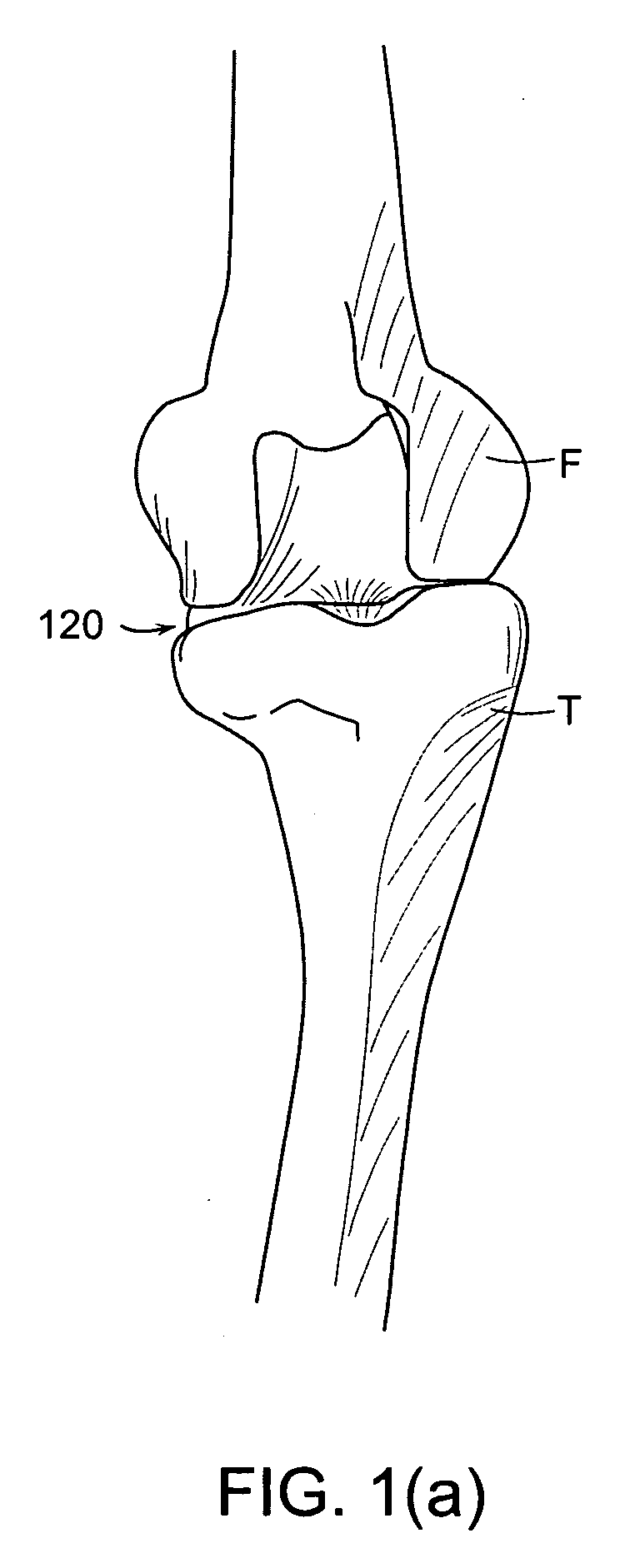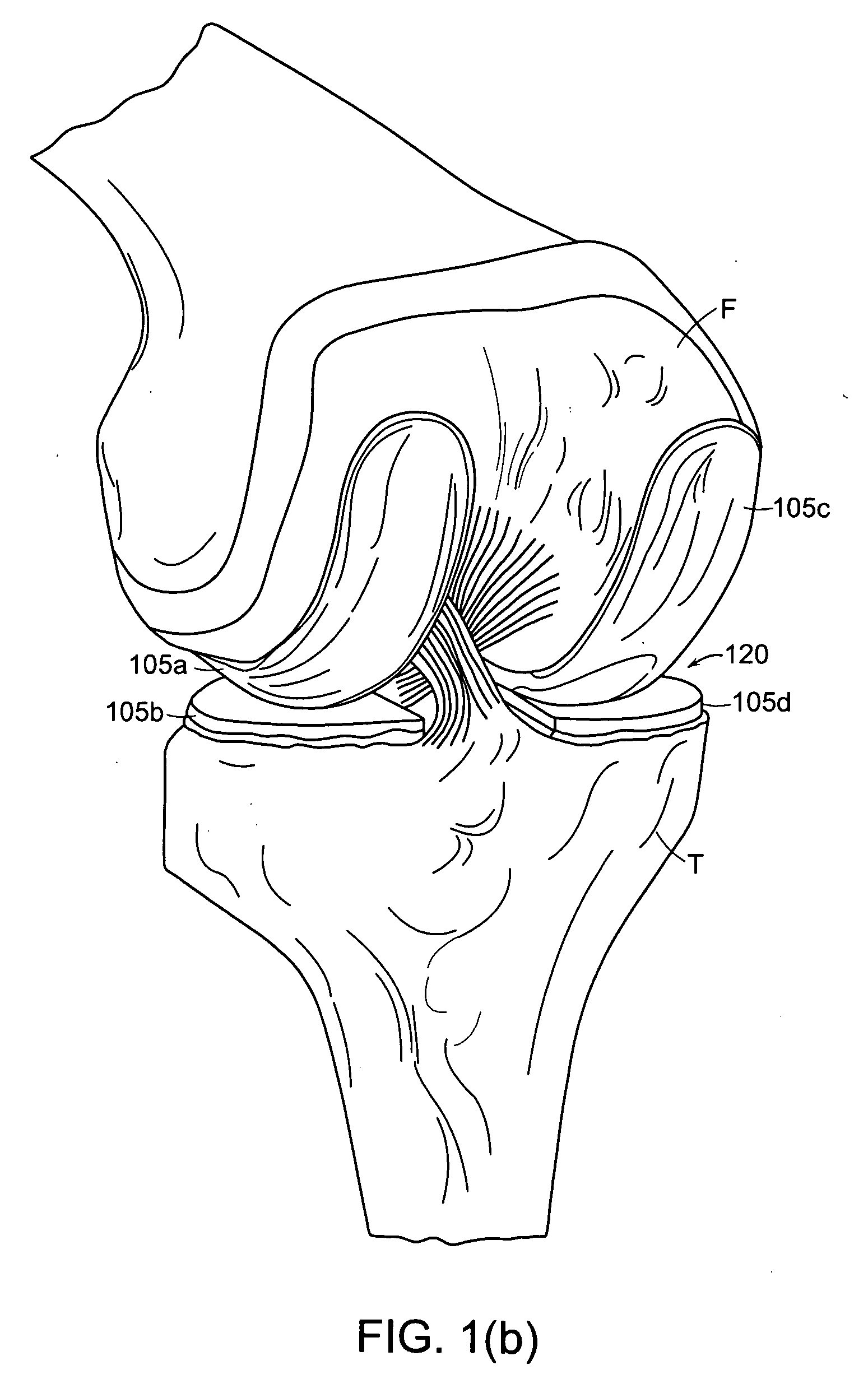Implant planning using corrected captured joint motion information
- Summary
- Abstract
- Description
- Claims
- Application Information
AI Technical Summary
Benefits of technology
Problems solved by technology
Method used
Image
Examples
Embodiment Construction
[0051]Presently preferred embodiments are illustrated in the drawings. Although this specification refers primarily to unicondylar knee joint replacement surgery, it should be understood that the subject matter described herein is applicable to other joints in the body, such as, for example, a shoulder, elbow, wrist, spine, hip, or ankle and to any other orthopedic and / or musculoskeletal implant, including implants of conventional materials and more exotic implants, such as orthobiologics, drug delivery implants, and cell delivery implants. While some figures and associated descriptions refer primarily to medial unicompartmental knee arthroplasty (UKA), this is for description purposes only and is in no way intended to be limiting.
[0052]As used herein the term “pose” refers to position and / or orientation and includes, for example, defining three degrees of freedom (DOF) of position and / or three degrees of freedom of orientation (i.e., up to six DOF total) of an object. Pose can refe...
PUM
 Login to View More
Login to View More Abstract
Description
Claims
Application Information
 Login to View More
Login to View More - R&D
- Intellectual Property
- Life Sciences
- Materials
- Tech Scout
- Unparalleled Data Quality
- Higher Quality Content
- 60% Fewer Hallucinations
Browse by: Latest US Patents, China's latest patents, Technical Efficacy Thesaurus, Application Domain, Technology Topic, Popular Technical Reports.
© 2025 PatSnap. All rights reserved.Legal|Privacy policy|Modern Slavery Act Transparency Statement|Sitemap|About US| Contact US: help@patsnap.com



